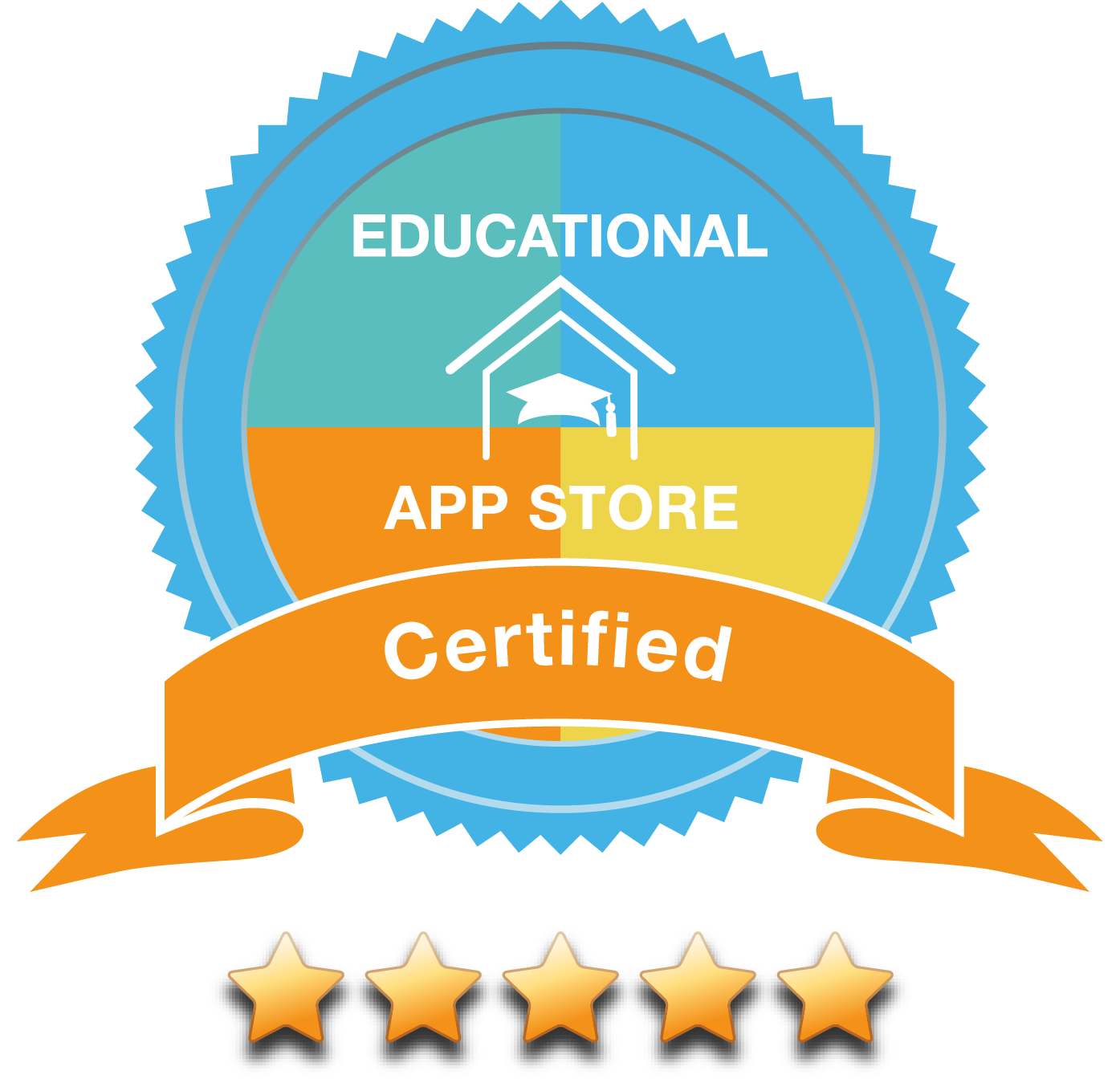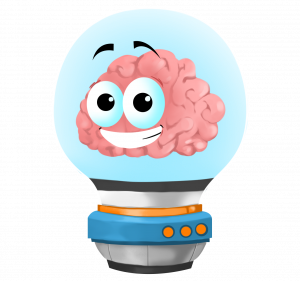High stakes testing: a taboo to some while others consider it a trophy of sorts. Whatever the position taken and for whatever valid reason for taking that position, this is one topic that has been passionately discussed among educators, parents of young children, employees undergoing training and their bosses. But what really is the issue here? To answer that question, perhaps we should take a step back and define just when is a test considered to be one of ‘high-stake’.
A test may be defined as high stake when its results will lead to serious consequences for at least one key stakeholder (Stobart G. & Eggen, T. 2012). Often, the consequences are linked to educational or occupational life chances for an individual. Most of such high-stakes tests serve dual purpose – as a form of fair selection of who should qualify for the next placement as well as for the accountability of the various parties involved in the learning process. While well-intended, high stakes testing is often laden with many unintended consequences as key stakeholders attach a very high value to the results of such tests.
Critics have challenged that high stakes testing has resulted in a culture of teaching to the test, valuable teaching moments spent on drill and practice, teachers and students spotting for exam questions, the emergence of commercial tests and test preparation centers, and of course, examination anxiety and stress experienced by students (the young and the not-to-old working adults), parents and even educators (Stobart, G. & Eggen, T. 2012; Klenowski, V., & Wyatt-Smith, C. 2012) — the list goes on.
Is there value in high stakes testing?
The key challenge we face now is the incessant finger-pointing at high stakes examinations in the formative years of education (at elementary schools, secondary school leaving examinations etc.) and I cannot help but wonder why are we blaming the education system for having high stakes examinations when our lives are practically filled with such demands almost on a regular basis: we attend job interviews (and for high-stakes jobs, often these interviews involve solving real problems on the spot), auditions, performance tests, to name a few — all of these are high stakes tests, albeit in different forms. Having our school-going children and teenagers experience such rigor as a way of life from young prepares them for the world that is not as kind as the school that they are in.
It is all in the System of education?
I think that the key question we should be asking is not so much why we need high stakes examinations but what these examinations are actually examining; what are they testing for in our students?
More importantly, is what they are testing out in our students a reflection of authentic performance, which, according to Archbald and Newmann (1992), is about the construction of knowledge instead of a reproduction, and demonstrated as a disciplinary inquiry response and a sense of value perceived by the learner?
What are we assessing. Really.
What we state students should learn should be assessed or order to assay the efficacy of the teaching and learning process; and the descriptors for what our students should learn are all found in the curriculum document. Few credible examinations board or professional assessors would test their students beyond what is stated in the curriculum.
So, let’s look at an example of a typical set of curriculum standards in secondary level Science.
A lesson in Biology
Let’s explore an example in the topic of Nutrition in Humans in high school biology: let’s assume that an indication of authentic performance in the study of this topic would be to describe with clarity how to eat healthily under different circumstances, based on a grounded understanding of how the various parts of the body work to bring nutrients into our body. If this is so, then one may expect a key learning outcome would be for students be able to analyze the dietary habits of a patient with gastro-intestinal problem, and recommend a proper dietary plan, complete with notes and explanations for the design of the plan.
Yet, a quick look at the syllabus for the GCE ‘O’ Level Biology syllabus for Grades 9 or 10 levels students in Singapore would reveal seven learning outcomes to the tune of the following:
Describe the functions of main regions of the alimentary canal and the associated organs: mouth, salivary glands, oesophagus, stomach, duodenum, pancreas, gall bladder, liver, ileum, colon, rectum, anus, in relation to ingestion, digestion, absorption, assimilation and egestion of food, as appropriate;
Describe peristalsis in terms of rhythmic wave-like contractions of the muscles to mix and propel the contents of the alimentary canal…
Only one learning outcome at the end of the list relates to the applicable of knowledge in authentic situations:
To be able to describe the effects of excessive consumption of alcohol: reduced self-control, depressant, effect on reaction times, damage to liver and social implications
The syllabus ends a vague caveat to
Use the knowledge gained in this section in new situations or to solve related problems
Don’t get me wrong: these are important learning outcomes — they form the basis for a good understanding of the subject matter. But if we expect students to apply what they learn in authentic fashions, then we should be assessing if they are able to apply what they learn in the real world, with real world situations, as proof of understanding of the subject matter. And if the curriculum does not emphasize all that and place it as a centerpiece of the study of that topic, then assessment would not as well, no matter what form it takes.
Going back to the basics
So, why do we learn?
Why should we assess learning?
What should we be assessing to prove that learning has taken place?
The answers to these questions impact how a curriculum is designed, since the curriculum drives instruction and defines how having learned something should look like, and assessment is designed to determine if that learning has taken place.
And when we have the answers for all these questions, perhaps then we could ask: how should we assess?
I believe that for assessment to change, the curriculum must change first.
References
- Klenowski, V., & Wyatt-Smith, C. (2012). The impact of high stakes testing: the Australian story. Assessment in Education, 19(1), 65 – 79.
- Stobart, G. & Eggen, T. (2012). High-stakes testing – value, fairness and consequences. Assessment in Education: Principles, Policy & Practice, 19(1), 1-6.
- Newmann, F.M. and Archbald, D.A. (1992) The nature of authentic academic achievement. Toward a New Science of Educational Testing and Assessment. Albany, NY State, University of New York Press.
- Singapore Examinations and Assessment Board & Cambridge International Examinations (2014). BIOLOGY GCE Ordinary Level (2016) Syllabus: Syllabus 5158






